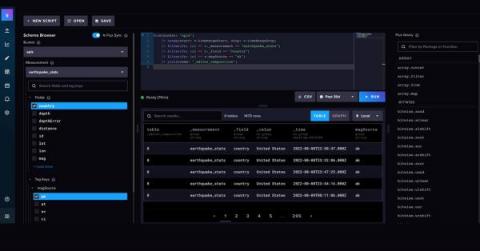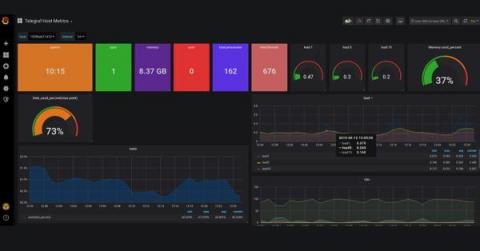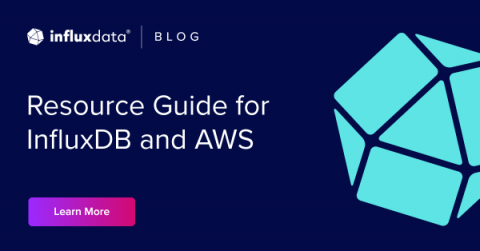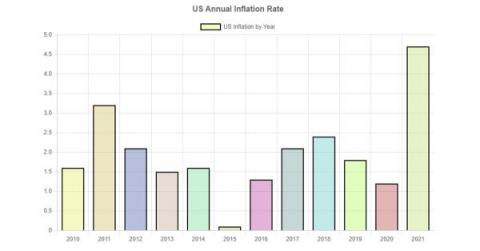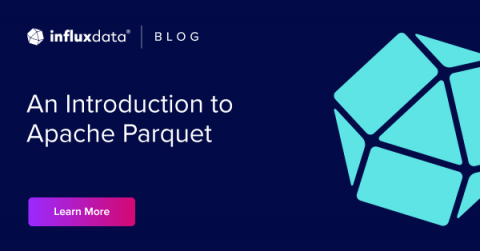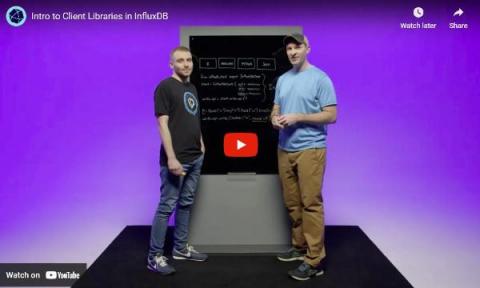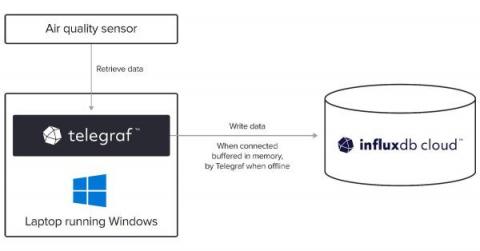InfluxDB Cloud Features New Query Experience
If seeing is believing, then the new UI for the InfluxDB query experience is sure to convert you. We are working on a new query/script editor and want you to try it out. Feel free to share your feedback with us so we can make it even better! Here are just some of the highlights of the new editor.


